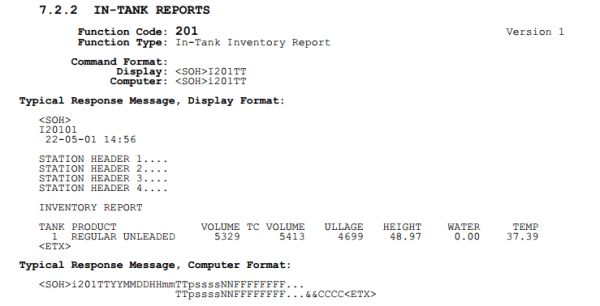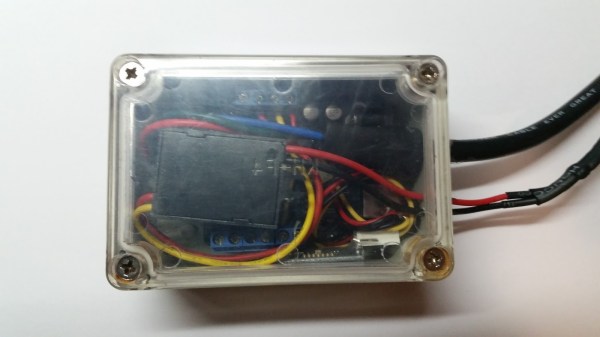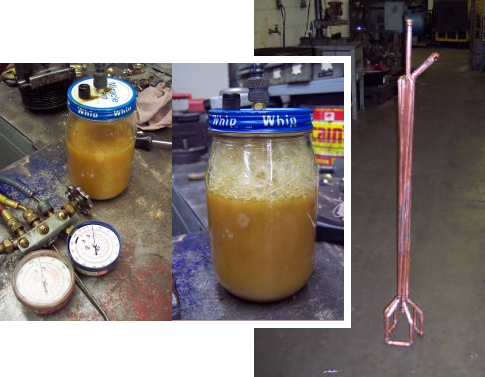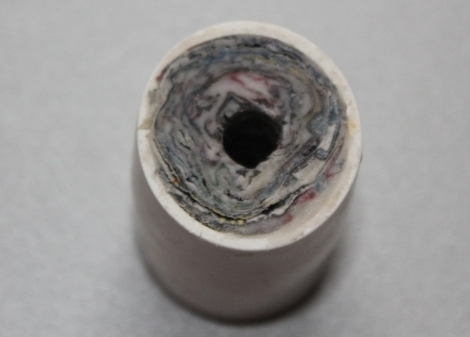If you could spend a couple of bucks on a simple project that might prevent a $2000 repair bill on your vehicle, you’d probably build it, right? That’s the idea behind this simple low-pressure alarm for a diesel fuel system, and it’s so simple it makes you wonder why the OEM didn’t do it.
We normally see [Bob Johnson] coming up with nifty projects (like this claw or this camera slider) that more often than not combine woodworking and electronics. But no tree carcasses were harmed in the making of this project. [Bob]’s goal is just to sound a warning and flash a light if the output of a pressure switch goes to ground. That indicates the lift pump in his Dodge Ram’s fuel tank has failed, which could lead to the sudden failure of the downstream injector pump for lack of lubrication by the fuel itself. His simple ATtiny85 circuit lives on a small perfboard in a 3D printed case and taps into a $30 fuel pressure switch. The microcontroller code enables a short delay to prevent nuisance alarms, and if the pressure drops below 5 PSI, [Bob] gets a chance to shut down the engine and disappoint his mechanic to the tune of $2000.
Maybe it’s planned obsolescence on the OEM’s part, or maybe it’s not. But kudos to [Bob] for a simple hack that averts a potentially expensive problem.
Continue reading “Simple Fuel Pressure Alarm Averts Diesel Disaster”


















